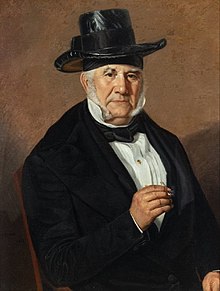
Leopoldo Antonio Carrillo was an American actor, vaudevillian, political cartoonist, and conservationist. He was best known for playing Pancho in the television series The Cisco Kid (1950–1956) and in several films.
Luis Antonio Argüello was the first Californio (native-born) governor of Alta California, and the first to take office under Mexican rule. He was the only governor to serve under the First Mexican Empire and also served as acting governor under the subsequent provisional government, which preceded the First Mexican Republic.
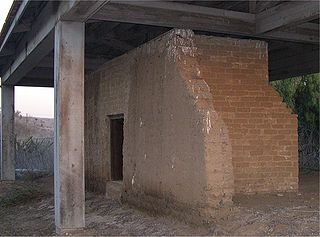
Francisco María Ruiz (1754–1839) was an early settler of San Diego, California
Captain José Raimundo Carrillo (1749–1809) was Californio soldier and settler, known as an early settler of San Diego, California and as the founder of the Carrillo family of California.
José Francisco Ortega was a Spanish soldier and early settler of Alta California. He joined the military at the age of twenty-one and rose to the rank of sergeant by the time he joined the Portola expedition in 1769. At the end of his military duty he would be granted land which he named Rancho Nuestra Senora del Refugio near Santa Barbara.
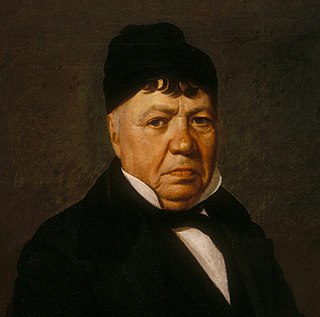
José Antonio de la Guerra y Noriega was a Californio military officer, ranchero, and founder of the prominent Guerra family of California. He served as the Commandant of the Presidio of Santa Barbara and the Presidio of San Diego.
José Darío Argüello (1753–1828) was a Querétaro-born Californio politician, soldier, and ranchero. He served as interim Governor of Alta California and then a term as Governor of Baja California.
José María de Echeandía (?–1871) was twice Mexican governor of Alta California from 1825 to 1831 and again from 1832 to 1833. He was the only governor of California that lived in San Diego.
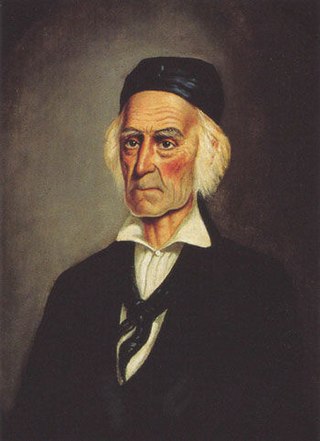
The Lugo family of California were prominent during the periods of Spanish and Mexican rule. They were among the early colonists who became known as Californios.

Captain José Antonio Ezequiel Carrillo (1796–1862) was a Californio politician, ranchero, and signer of the Californian Constitution in 1849. He served three terms as Alcalde of Los Angeles (mayor).

Los pobladores del pueblo de los Ángeles refers to the 44 original settlers and 4 soldiers from New Spain (Mexico) who founded the Pueblo de Nuestra Señora la Reina de los Ángeles in 1781, which is now the present-day city of Los Angeles, California.
José María Verdugo was a soldier from the Presidio of San Diego who was assigned to the Mission San Gabriel Arcángel at the time his land was granted by the Spanish Empire in 1784.
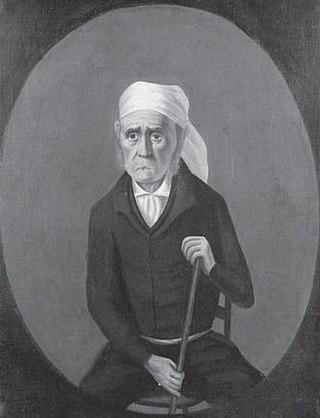
The Ávila family was a prominent Californio family of Spanish origins from Southern California, founded by Cornelio Ávila in the 1780s. Numerous members of the family held important rancho grants and political positions, including two Alcaldes of Los Angeles.
Santiago Argüello (1791–1862) was a Californio, a soldier in the Spanish army of the Viceroyalty of New Spain in Las Californias, a major Mexican land grant ranchos owner, and part of an influential family in Mexican Alta California and post-statehood California.

Doña María Ygnacia López de Carrillo was a Californio ranchera. She was the founder of Santa Rosa. She married into the prominent Carrillo family of California and was the ancestor of numerous prominent Californians.

The Covarrubias adobe is a California Historical Landmark in Santa Barbara, California. The house is one of the oldest in Santa Barbara, built in 1817. The adobe became a California State Historical Landmark No. 308 on September 12, 1939. The house is also on the Santa Barbara City Landmark. The house is located at 715 Santa Barbara Street. The house is a L-shaped with four rooms, the original Spanish tile roof was later replaced.

The Pico family is a prominent Californio family of Southern California. Members of the family held extensive rancho grants and numerous important positions, including Governor of Alta California, signer of the Constitution of California, and California State Senator, among numerous others. Numerous locations are named after the family across California.

The Guerra family is a prominent Californio family of Southern California. Members of the family held extensive rancho grants and numerous important positions, including numerous Mayors of Santa Barbara, California Senators, a Lieutenant Governor of California, and a signer of the California Constitution.
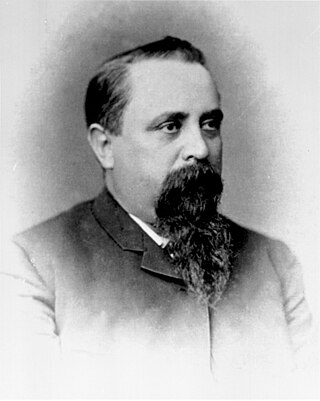
The Sepúlveda family is a prominent Californio family of Southern California. Members of the family held extensive rancho grants and numerous important positions, including Alcalde de Los Ángeles, California State Assemblymen, and Los Angeles County Supervisor.
